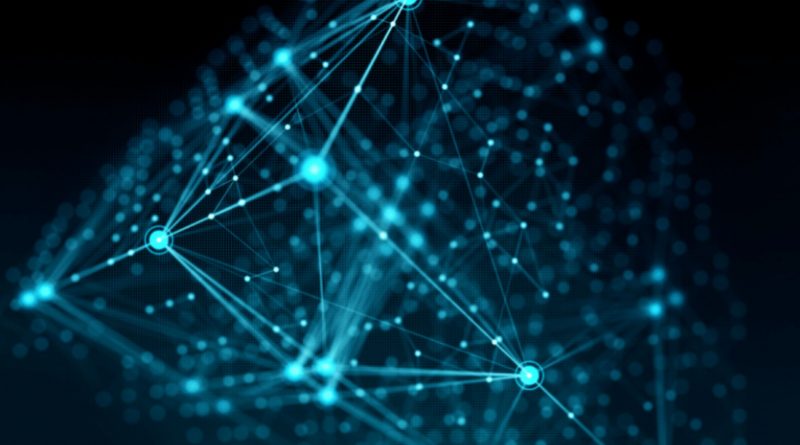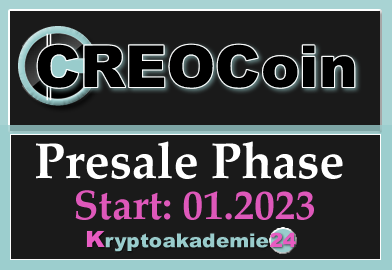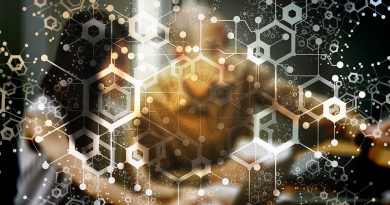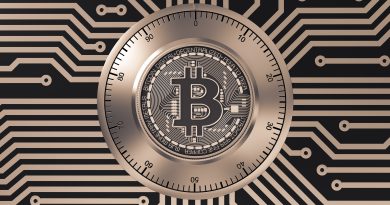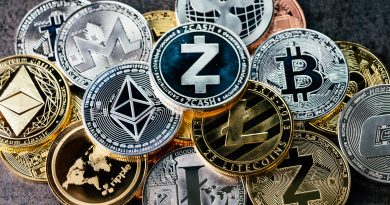Decentralized autonomous systems DAO
Decentralized apps, also called DApps, are like ordinary apps you use on your phone or computer, but they work in a special way.
Imagine that traditional apps are controlled by a central company or organization. For example, a social networking app is run by the company that developed it. With DApps, it's different.
DApps run on a network of computers spread around the world, rather than on a single central server. No one controls these DApps. They are decentralized, which means that many people on the network work together to make sure the app works and no one can manipulate the data.
Another difference is that DApps often use cryptocurrencies. For example, a DApp for digital artwork might use artwork as a "token" on a blockchain. This means that the artwork is unique and cannot be counterfeited.
The idea behind DApps is to bring more security and transparency to applications by distributing control among many people instead of a single company. It also enables new types of applications and business models without middlemen.
So overall, DApps are like apps that operate in a global, secure, and decentralized environment, rather than being controlled by a single company.
Decentralized autonomous systems, often abbreviated as DAOs (Decentralized Autonomous Organizations), are innovative concepts in the world of blockchain and cryptocurrencies. They represent a radical shift in the way organizations can be operated and managed. Here is an explanation of what DAOs are and how they work:
What are decentralized autonomous systems (DAOs)?
DAOs are digital organizations or entities based on blockchain technology and smart contracts. Essentially, they are programs that run on the blockchain and follow specific rules and protocols to make decisions and manage resources without human involvement or centralized control. DAOs are controlled by the participants in their network and operate in a transparent and automated manner.
How do DAOs work?
- Smart Contracts: DAOs use smart contracts, which are special programs on the blockchain. These contracts contain rules and conditions by which the DAO operates. For example, they might specify how decisions are made, how funds are used, and how new members are accepted.
- Token ownership: DAOs often have their own cryptocurrency or tokens that represent member ownership and participation. Each member can own and use these tokens to participate in voting or release resources.
- Reconciliations: Members of a DAO can vote on important decisions. Voting often follows a token-based voting system where the number of tokens held determines the voting power. This enables decentralized decision making.
- Automation: A major advantage of DAOs is their automated nature. When certain conditions or rules are met in the smart contract, actions are executed automatically. For example, a DAO could automatically release funds to finance a specific project once a majority of members have voted in favor.
Advantages of DAOs:
- Decentralization: DAOs are independent of any central authority or individual, which prevents corruption and abuse of power.
- Transparency: All actions and decisions in a DAO are visible on the public blockchain, promoting transparency and trust.
- Speed and efficiency: Because DAOs are based on code and smart contracts, they can execute actions in real time without the delays and costs of traditional organizations.
- Resistance to censorship: DAOs are difficult to censor or stop because they run on decentralized networks.
Risks and challenges:
- Security risks: DAOs are vulnerable to security vulnerabilities in smart contracts that can lead to hacks or losses.
- Legal uncertainty: The legal recognition and regulation of DAOs varies from country to country and can be complex.
- Lack of governance: DAOs face challenges in effective governance and preventing majority takeovers.
Decentralized autonomous systems are an exciting experiment in blockchain technology and could potentially change the way organizations, businesses, and communities are managed around the world. However, it is important to note that they are still in their infancy and come with several challenges and risks.

